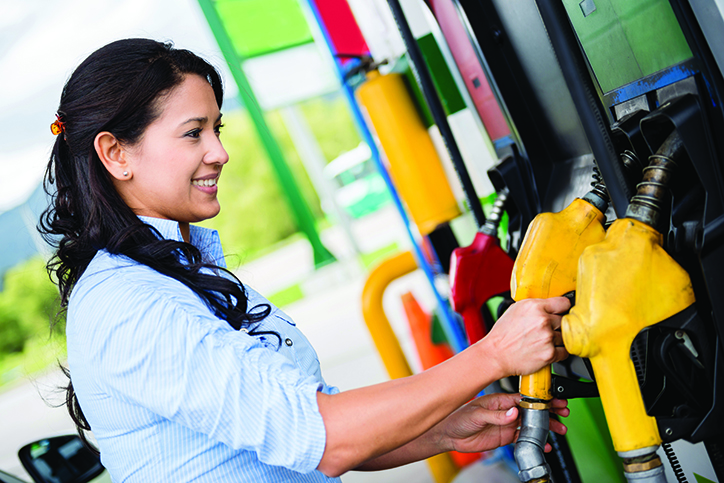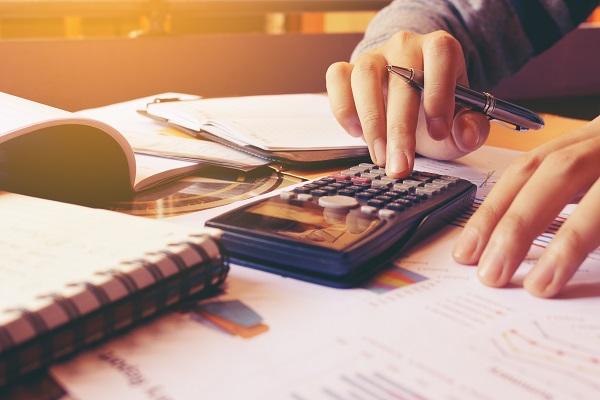

These 5 Gas-Saving ‘Tips’ Don’t Work
When gas prices spike, drivers love to swap gas-saving tips. The crazier the tip, the faster it seems to spread.
The problem is, some such “tips” are more urban legend than fact. Others might have been true back in the day, but improved automotive technology has erased any real benefit.
Keep in mind that, over time, fuel economy and average horsepower have both climbed steadily. So your job is to use the machine efficiently — by changing your driving habits — and avoid the urban legends.
Here then, are our favorite non-gas-saving tips — and a few suggestions that really do help.
- Using gasoline additives
Auto shops have racks of fluids that promise to send your fuel economy through the roof. And some internet “experts” have suggested that adding a small amount of acetone to a tank of gas helps it burn more efficiently. While some chemicals can nudge fuel efficiency, those concoctions cost more than gas itself. Also, as Popular Mechanics points out in its Gas-Saving-Gadgets Hall of Shame, acetone can dissolve seals in your engine.
What does work: Add fuel injector cleaner once a year to keep your car running efficiently.
- Turning off the air conditioner
It takes extra energy to run the air conditioner, so it makes the engine work harder and burns more gas. The problem is, if you turn off the air conditioner, you will probably want to open the windows, which could eliminate any potential gain by creating aerodynamic drag.
» MORE: 5 easy ways to save money on gas
The road test editors at Edmunds.com tested this tip on two occasions — and found no savings in one case and only a small difference when driving a large pickup truck. Their conclusion was that modern air conditioners are so efficient they don’t cause a substantial drain on engine efficiency. But, as the saying goes, your mileage may vary, so test this one for yourself.
What does work: A vehicle’s aerodynamic qualities become more important the faster you drive. So avoid roof racks and high speeds on long road trips.
- Buying gas early in the morning
Liquids become denser at colder temperatures. So buying gas early in the morning, when it’s cool, means you would get more for your money, right?
Fun fact: Airlines measure fuel by weight rather than volume, which seems to support this tip. However, a jet that takes off at 70 degrees will enter extremely low temperatures when reaching cruising altitude. You, on the other hand, buy gas that is stored in underground tanks where the temperature variation is only a few degrees, according to tests by Consumer Reports.
What does work: Buying gas early in the morning boosts fuel economy because you’ll hit less traffic and won’t sit there idling as you wait for an open pump.
- Buying fuel-saving gadgets
The creativity of these gizmos — or at least their marketing — is truly impressive. Like weeds, they crop up when gas prices climb. Popular Mechanics discovered that one device, which spins the air entering the engine, actually decreased fuel economy.
What does work: Change your air filter if it is clogged and looks dirty. Your mileage will improve, but probably not enough to easily measure.
- Over-inflating the tires
Less rolling resistance equals less energy consumed. That’s certainly true. And it’s also true that properly inflating your tires is important. But over-inflation is too much of a good thing.
» MORE: Estimate the total cost of owning a car
Even 10 psi (pounds per square inch) over the manufacturer’s recommended levels creates a more narrow “contact patch” — the part of the tire that is touching the road. Not only does that reduce your traction and increase braking distance, it also means your tires wear out faster. Replacing your tires is far more expensive than anything you could save on gas.
What does work: Buy a $10 digital tire gauge and inflate your tires properly. “Under-inflated tires can lower gas mileage by about 0.2% for every 1 psi drop in the average pressure of all tires,” according to FuelEconomy.gov.
More From NerdWallet
- Don’t Let the Fear of Looking Stupid Lead to Money Mistakes
- 2018 US Olympians Open Up About Money Struggles
- Here’s Why Many Still #BankBlack, Despite Fewer Options
The article These 5 Gas-Saving ‘Tips’ Don’t Work originally appeared on NerdWallet.
Related Posts

Jingle Bills: How to Avoid a Holiday Debt Hangover
The holidays are here, bringing that familiar urge to spend a little extra on the people we love. It’s a good feeling…until the bills arrive. [...]

4 Ways to Turn the ‘Loud Budgeting’ Trend Into a Habit
Setting financial boundaries isn’t a new concept, but there’s a new name for it. “Loud budgeting” is a viral money trend that’s encouraging people to be [...]



